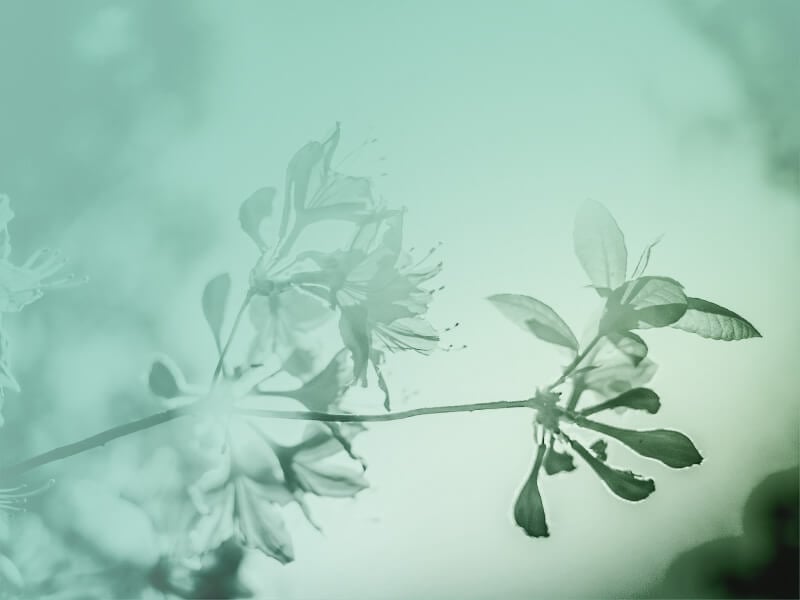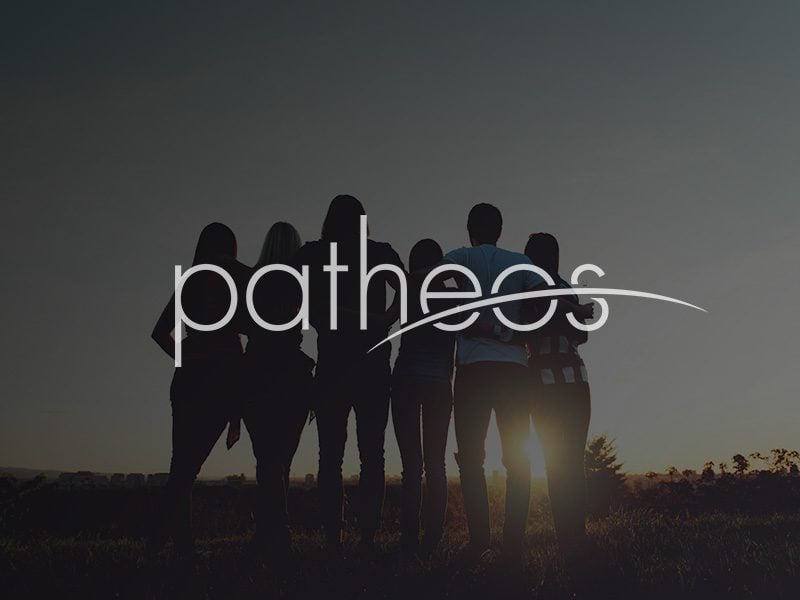TEHRAN, Iran (AP) — The Iranian New Year — or Nowruz, meaning “New Day” — was marked Tuesday in a rare glimpse at customs stretching back to the country’s pre-Islamic past.
The traditions draw from Zoroastrian faith, which dominated Persia before the arrival of Islam in the 7th century and still exists in pockets around the country. While some hard-line Muslim clerics object to embracing pre-Islamic rituals, Nowruz remains the highlight of the year for most Iranians.
It includes welcoming spring by cleaning their houses, buying new clothes and setting a table decorated with seven symbols of life, health and beauty, which can include an apple, glove of garlic or a goldfish in a bowl.
The prelude to Nowruz is the Fire Festival, in which revelers jump over bonfires and set off firecrackers. During the holidays, families often commemorate Nature Day with a picnic. Children collect money and gifts from elders.
In the recent decades, many families also mark the first day of their two-week holiday by visiting the graves of relatives killed during the 1979 Islamic Revolution or the 1980s war with Iraq.
Besides in Iran, Nowruz is also celebrated in various part of the ancient Persian empire: Turkey, Afghanistan and some former Soviet republics.







